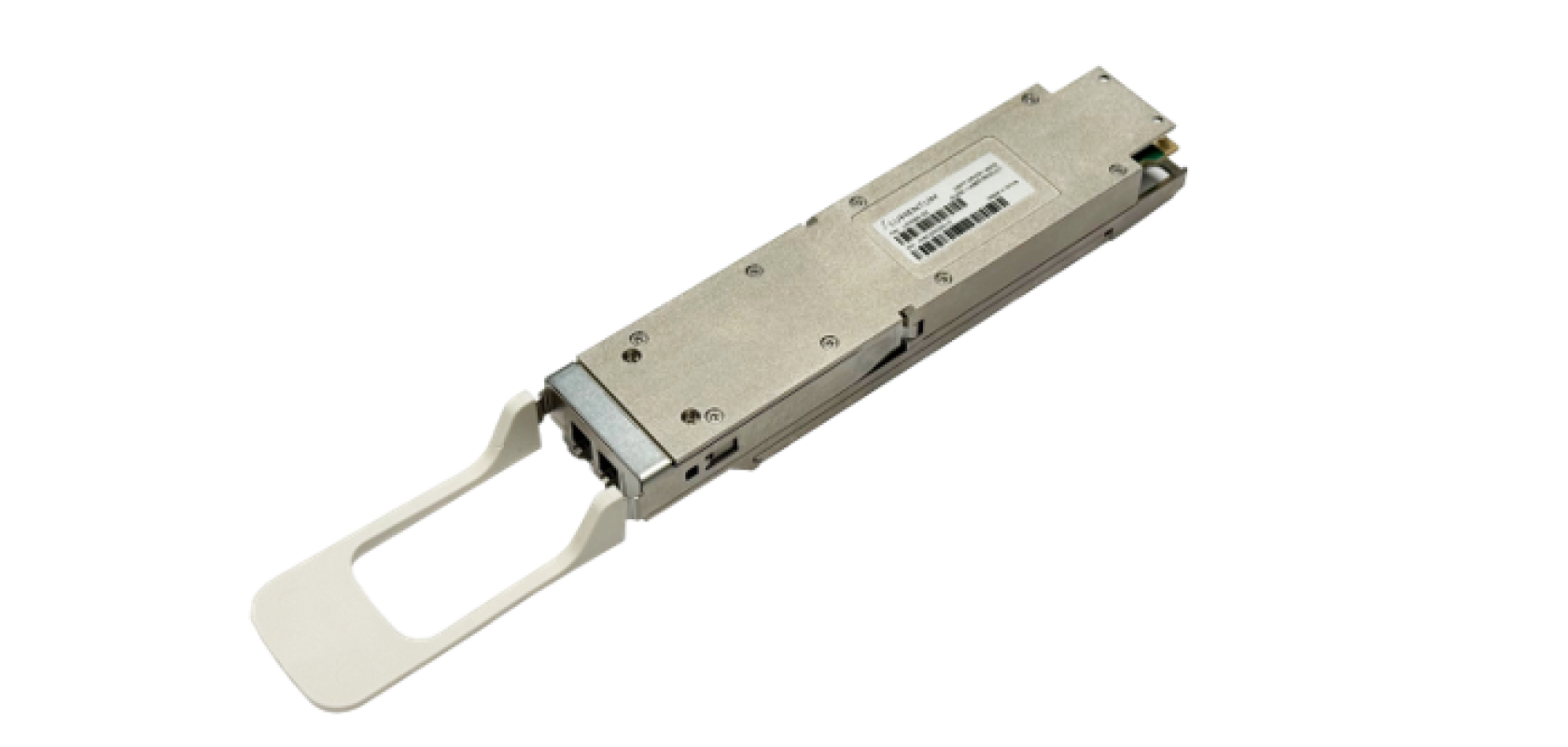Lumentum, a designer and manufacturer of innovative optical and photonic products, announced its latest photonic solutions, reinforcing its commitment to powering the artificial intelligence (AI) revolution through unparalleled speed, scalability, and energy efficiency at ECOC 2024.
Advancing AI and High-Capacity Networks with Enhanced 800G ZR+ Transceivers
Lumentum has featured its recently enhanced 800G ZR+ coherent pluggable transceivers, optimized for extended reach and higher optical power applications, including expanded long-reach, high-capacity data centre interconnect use cases driven by AI. Due to constraints in delivering electrical power for their expanding AI infrastructure, cloud operators increasingly need to interconnect geographically dispersed data centres, placing greater demands on optical network capabilities. The enhanced performance in Lumentum’s 800G ZR+ transceivers stem from its hybrid photonic integrated circuits, which leverage Lumentum’s in-house proprietary indium phosphide technology for superior transmission performance.
Live demonstrations of 800ZR+ and 400G ZR+ transceivers will be conducted at ECOC, showcasing their high performance. Recognised in the 2024 Lightwave Innovation Review Awards, these transceivers have the flexibility to interface directly into routers. They are designed to address rapidly-growing data traffic in data centre interconnects and a wide range of other high-capacity applications across metro, regional, and long-haul networks.
Addressing Bandwidth Demands and Improved Network Connectivity with Tunable SFP28 ER Modules
Lumentum will also demonstrate its latest Tunable SFP28 ER module, a high-performance optical transceiver supporting 25 Gbps DWDM links over distances up to 40 km. Designed to perform in the more extreme industrial temperature range, this module supports the growing bandwidth demands of cable MSOs driven by DOCSIS 4.0 and FTTH deployments. It also enhances 5G transport network connectivity by offering a high-performance solution that leverages existing C-band fiber infrastructure.
Participation in OIF 800ZR, 400ZR+ and Multi-Span Optics Interop and CMIS Demos
In addition to its live demonstrations, Lumentum participated in the Optical Internetworking Forum (OIF) interoperability demonstration at booth #B83. This showcase will feature Lumentum’s 800ZR coherent transceivers, highlighting advancements in 800ZR and 400ZR+ optics interoperability. The demo will include the first public 800ZR multi-vendor DSP interoperability, as well as OpenZR+, 100ZR, and OpenROADM/ITU-T, all operating over multiple, multi-span networks.
Lumentum will also demonstrate its OpenZR+ and 400ZR QSFP-DD transceivers in the Common Management Interface Specification (CMIS) demonstration, showcasing the benefits of supporting the CMIS standard across multiple applications. The CMIS standard has become essential for managing pluggable modules, providing a uniform method for monitoring, initialisation, and control. Lumentum’s OpenZR+ module will show how CMIS compliance allows a host to monitor status, control the optical channel, manage output power, and switch between 400G and 100G application modes.
Addressing Capacity and Efficiency Challenges in AI Networks
At ECOC, Lumentum will discuss how new optical solutions can improve energy efficiency in AI networks. Lumentum’s Chief Technology Officer for Cloud and Networking, Matt Sysak, delivered a presentation titled "Energy Efficient Optics for Sustainable Scaling of AI Networks" on Wednesday, September 25.
Drawing from Lumentum's recent whitepaper, the presentation will explore how the company's optical technologies can potentially slash network power consumption by up to 80%, resulting in savings of over 17 megawatts of power and a reduction of up to 10,000 metric tons of CO2 emissions per AI training cycle.
In addition, Lumentum Senior Director of Product Line Management, Simon Warren, participated in a workshop titled "When Could Multi-Band Systems Become More Cost-Effective Than Parallel C-Band Systems?" on Sunday, September 22. The workshop explored the adoption of C+L band systems to manage growing traffic demands, potential saturation issues, and shifts toward wider bandwidth solutions like S+C+L systems, as well as the role of emerging fiber technologies in scaling networks.


